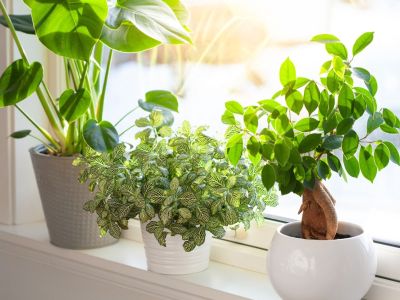The Importance of Light for Your Houseplants
Obviously light is essential. Plants use energy from light to produce food that becomes the energy they live on. Without light, a plant will eventually die. Of course, growing plants is not as simple as just giving them daily light. Some houseplants do best with a bright, sunny window, while others would be burned in the same location. Many houseplants like filtered light and do well sitting under taller plants. Even if you know what a particular plant needs in terms of light, it can be difficult to provide it accurately. Human vision is not that accurate at measuring light. Our eyes adjust to different light levels, making it challenging to distinguish between an area of bright light and one of dimmer light. The best way to ensure your beloved houseplants get the right amount of light to thrive is to measure it more accurately.
How to Measure Light for Plants
First, know how much light your plants should be getting. You can then measure light in various areas of the home to find the best places for them, or you can buy artificial lighting to provide the right amount. Light measurements vary depending on the source of light and the distance from it. You can measure light with one of several units:
Foot-candle (fc) — This is the amount of light given off one foot away from a single candle. It’s a common light measurement for plants. Lux — One lux is the illumination of one square meter of surface one meter away from a candle. Photosynthetic photon flux (PPF) — A ppf measures how much light a source releases that is usable by a plant. Lumen — A lumen is measured as brightness relative to the human eye, but it isn’t that useful for measuring light for plants.
Research the amount of light your particular plants need, which is often listed in fc. For instance, a plant that has high light needs probably requires about 500 fc, while a low-light plant needs 100 fc or less.
How to Use a Light Meter for Plants
The best way to accurately measure lighting is to use a plant light meter or a general light meter. If it doesn’t have the units you want to use, you can find a conversion factor online. Using a light meter is easy. Follow the instructions and hold the meter in the area to be measured. This can give you a good idea of how much light a window gets at certain times of day and at exact plant locations. You can also find an app for your phone that will take these measurements. If you are using grow lights, use a light meter or app to measure the light intensity with different setups. This is a great way to be as accurate as possible. A little trial and error and you can find the perfect arrangement for picky plants.
